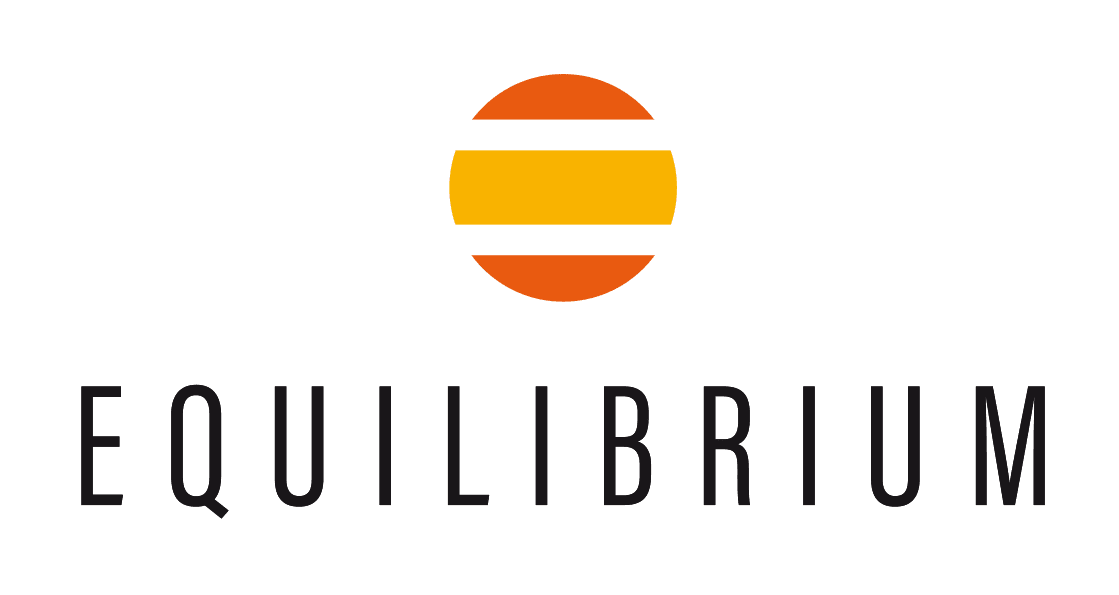1 year product guarantee
Free delivery on most orders over £40
Rated 4.9/5 stars on Feefo

Researched & tested products

Innovating for over 20 years!
Supporting Redwings Horse Sanctuary & Brooke
Feefo Gold Trusted Service Award Winner
Get more time to pay with Klarna
What is ringbone?
What is ringbone?
Equine ringbone is a form of osteoarthritis. It is a form of joint disease where excess bone is laid down inside or around the joints of the limbs. This excess bone can cause pain and interfere with the normal working of the joint and can be extremely serious if the bony growth is impinged on the inside of the joint -causing Degenerative Joint Disease or osteoarthritis.
Ringbone can affect the proximal interphalangeal joint, commonly known as the pastern joint in both front and hind limbs – this is known as high ringbone. Low ringbone is the term used to describe a similar condition when it affects the distal interphalangeal joint, which is commonly termed the coffin bone.
There are two types of ringbone
True ringbone – often described as Articular ringbone, and false ringbone – described as Peri-Articular ringbone. Peri-articular ringbone is where the bony formation does not involve the joint. However if a joint is involved, it becomes a form of degenerative arthritis that is Articular ringbone.
What causes ringbone?
Many factors can contribute to the onset of ringbone, one of which is conformation. The horse’s conformation can increase the horse’s susceptibility to the development of ringbone. Poor conformation can increase stress in these joints. Horses with toe-in and toe-out conformation will have abnormal stresses across the joint surfaces, joint capsule and ligaments, similarly with horses with pasterns that are overly upright. Also concussion on hard surfaces can be damaging.
Ringbone is most commonly seen in the forelimbs as they carry 60% of the bodyweight and are under the most stress. Ringbone can be caused by direct injury, such as pulling and tearing of tendons and ligaments. When an injury affects the bone covering membrane termed the periosteum it can also cause ringbone. Injuries are most likely to occur in certain disciplines such as jumping and polo where horses and ponies are expected to turn sharply, possibly resulting in the sprain of the pastern joint, which can result in the increased incidence of ringbone. Another potential cause is poor shoeing – causing the horse’s weight to be unevenly distributed.
Commonly with ringbone there is a delay between the original cause of the condition, whether it is injury or conformational faults and the actual problem being apparent. Though lameness will develop gradually in ringbone caused by conformational faults, when ringbone is caused by injury, lameness will appear suddenly. However this will be due to the trauma of the injury rather than bone growth, which may develop subsequently.
Detecting ringbone
The signs are dependant upon the type of ringbone. With Peri-articular ringbone, the horse will not commonly show lameness, but an enlargement on the sides of the pastern joints may be visible. However, a horse with Articular ringbone around the joint will show lameness, and the horse’s stride will shorten. The joint may be hot and show swelling. During the earlier stages of ringbone development the only signs may be a stiffness which wears off after exercise. The first signs indicating ringbone is lameness – which might be intermittent and secondly, sometimes there may abnormal wear of the shoes. If the horse is suffering from Articular(true) ringbone, as the damage progresses within the joint, persistent lameness will develop. In chronic cases, the horse might have swelling around the pastern or on top of the coronary band, and a bony growth may be seen around the joint, reducing both mobility and flexion of the coffin joint or pastern.
Treating ringbone
Primarily the most important factor when treating ringbone is to minimise any elements which may contribute to further progression. Always assess your horse’s conformation and re-evaluate it’s suitability for it’s intended use. Medical management of ringbone involves anti-inflammatory drugs such as Phenylbutazone referred to as Bute and corticosteroid injections into the affected area. There are newer joint injections that have been used more recently such as hylaruron and IRAP. In rare cases treatment can also involve surgical intervention. The pastern joint will be fused by screws and plates, whilst the articular cartilage is removed, therefore preventing joint movement and further pain. Such treatments are unlikely to make a horse sound enough to return to work.
However the foundation of the treatment is a reduced level of exercise. If the horse continues to be used at the same intensity, the ringbone is likely to further progress. It has been shown that with good management the effects of the condition can be slowed and the horse can remain in work to an appropriate extent as suggested by the veterinarian.
